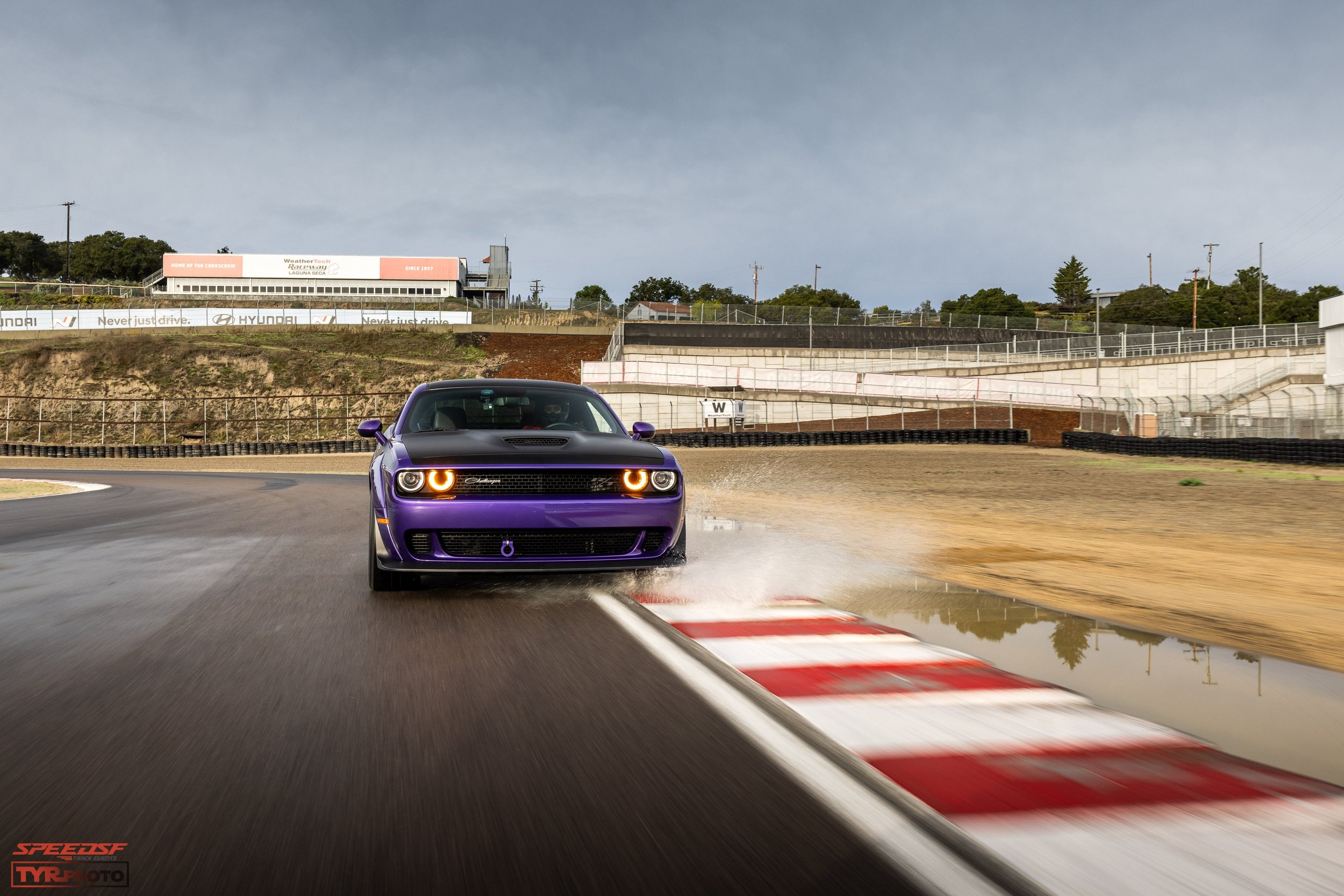
SpeedSF Blog
Every Build Has a Story – Meet the Cars of SpeedSF

Pauline’s Challenger: Part Car, Part Canvas
Rather than take one of the proven track platforms to learn how to drive at speed, Pauline Yruretagoyena picked the car which pulled at her heart strings the hardest. Now on her second Challenger, she’s learned that the T/A version offers enough performance to keep her busy and more than sufficient style to satisfy her need for self-expression. Few track cars can be considered fashion statements, but her R/T is an exception.

Alex’s FL5 Type R: Best of Both Worlds
The FK8 was too gaudy, the MX-5 was too cramped, and the FL5 was just right. When Alex was able to bring home a new Civic Type R for the occasional track outing, he knew he’d found the best possible compromise within his budget.
